| "Despite the new technology, the portage railroad was obsolete within a few years. As locomotives grew more powerful and dependable, railroads provided stiffer competition, finally putting most canals out of business. Moreover, inclines were slow and costly compared to continuous track. In the early 1850s Pennsylvania began construction of a New Portage Railroad without inclined planes, spelling the demise of the old system. The new portage was doomed before it was finished, when the privately owned Pennsylvania Railroad completed its line over the Alleghenies in 1854." |


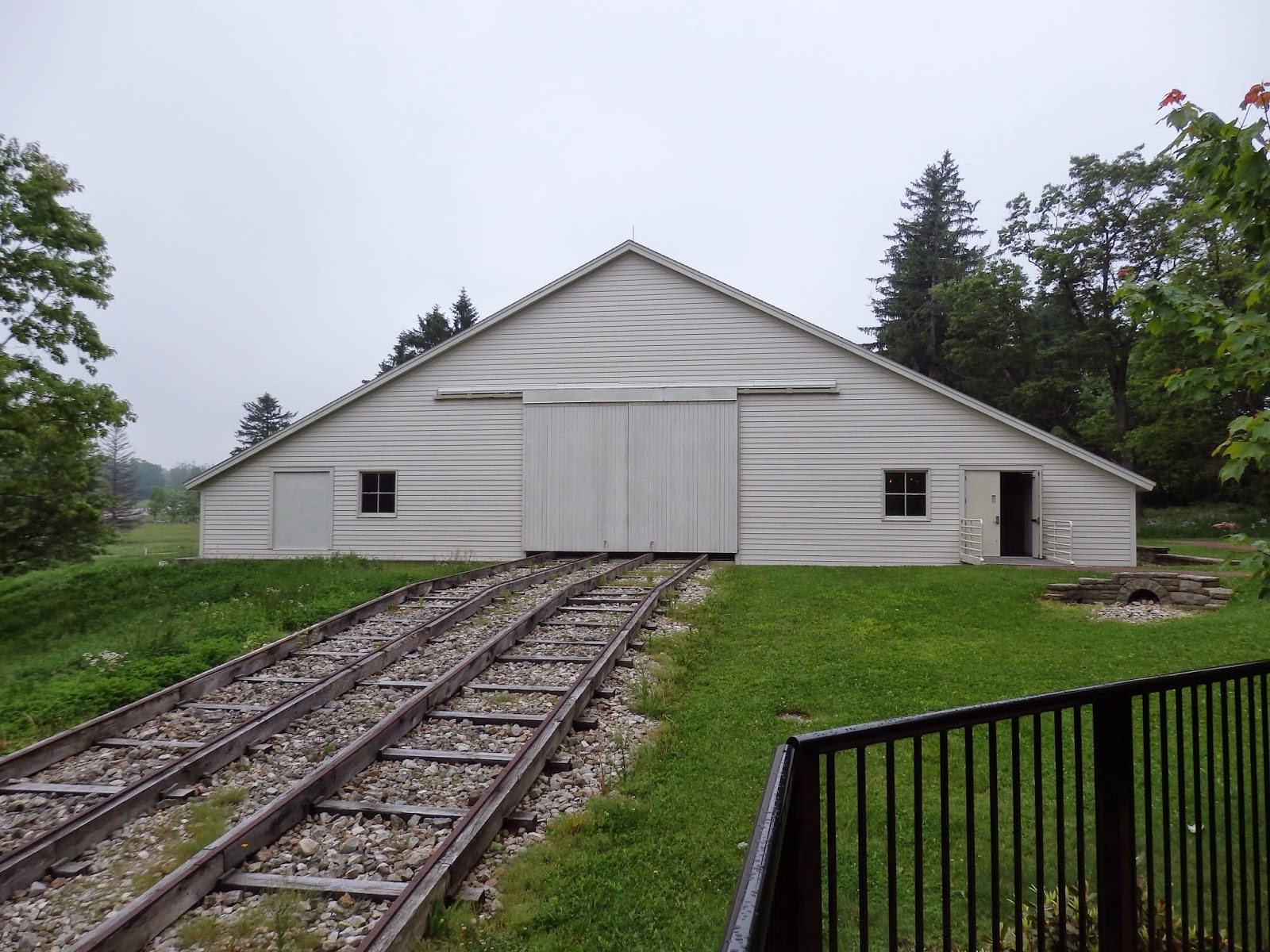















































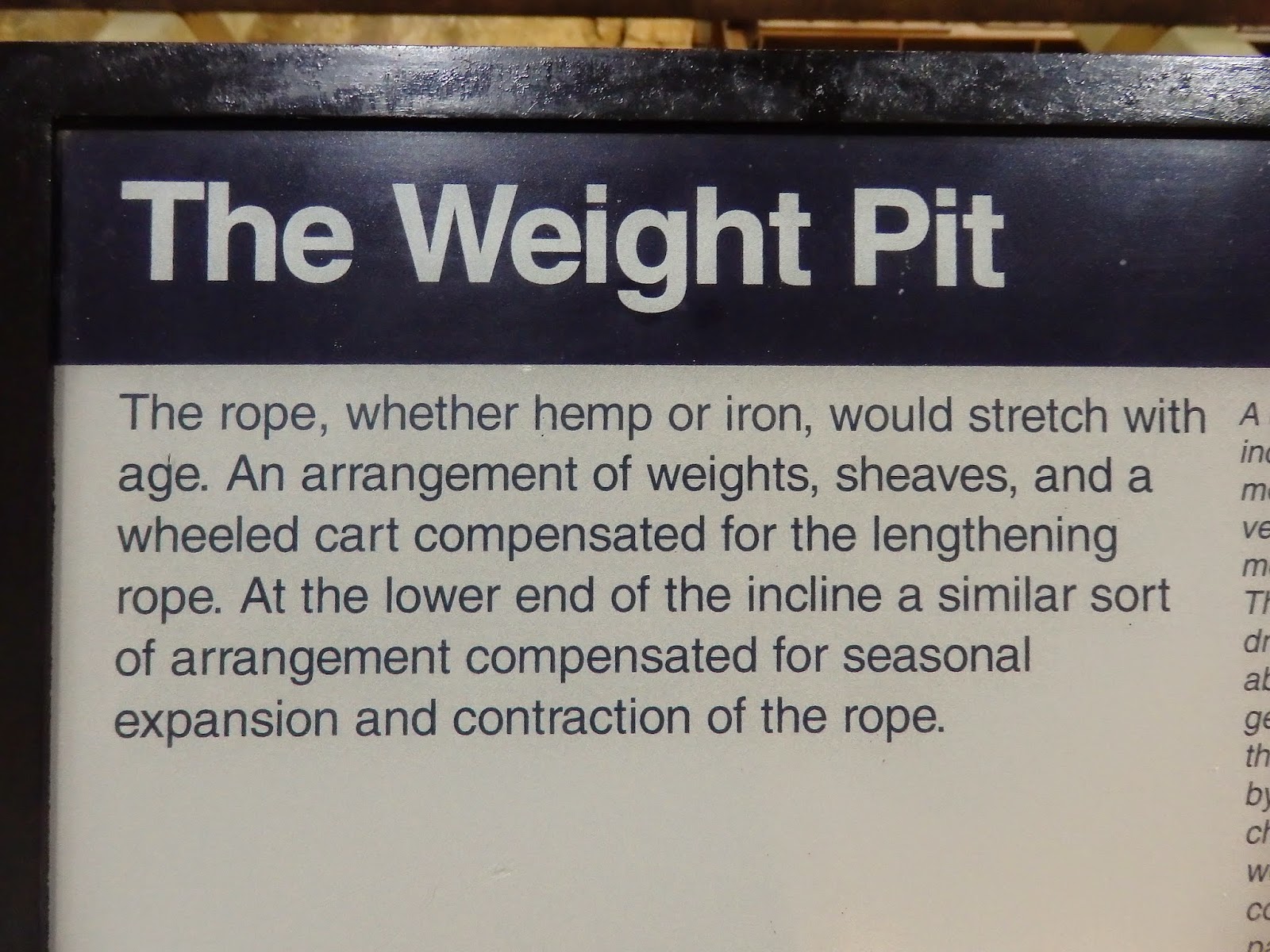





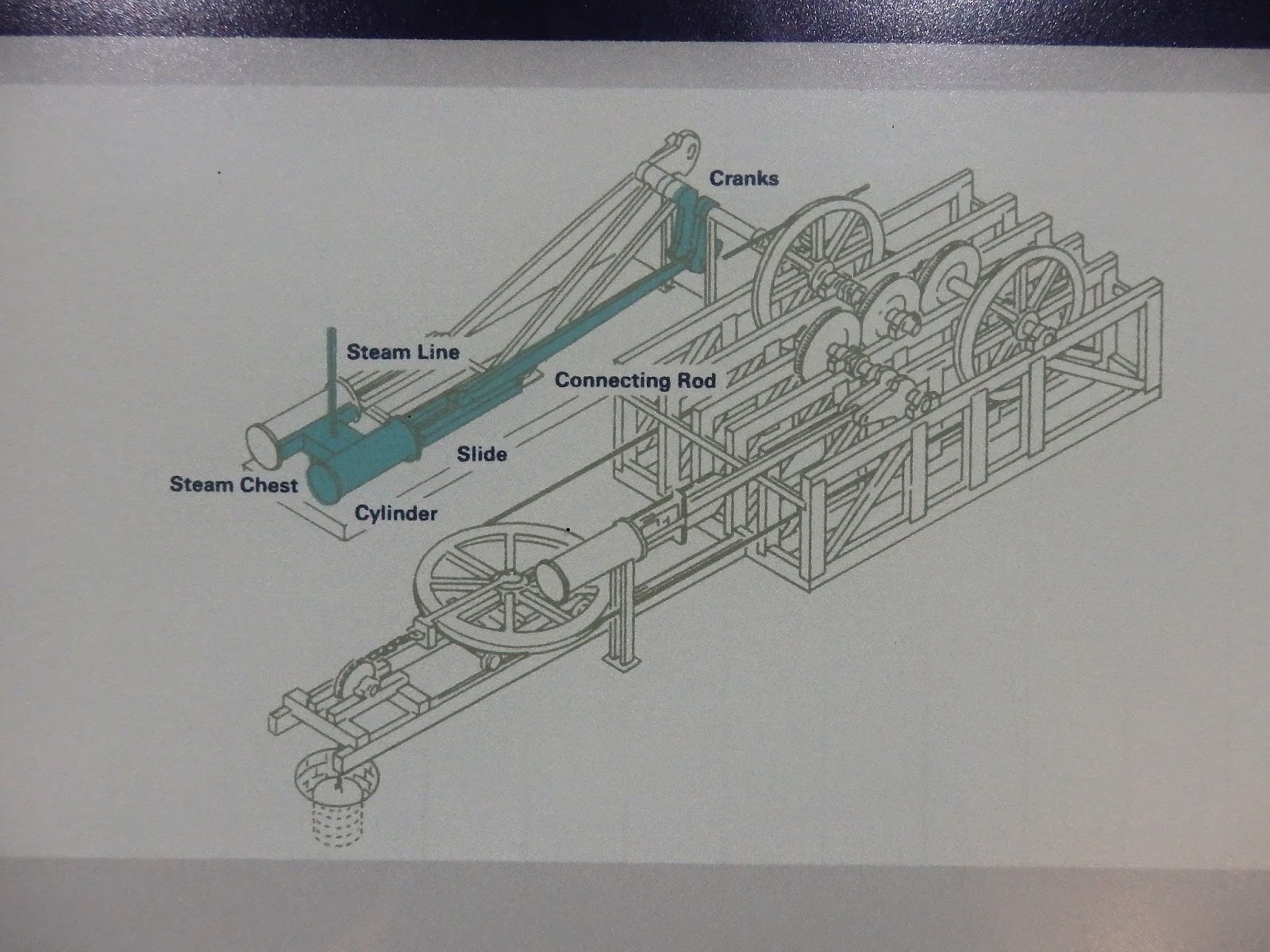





















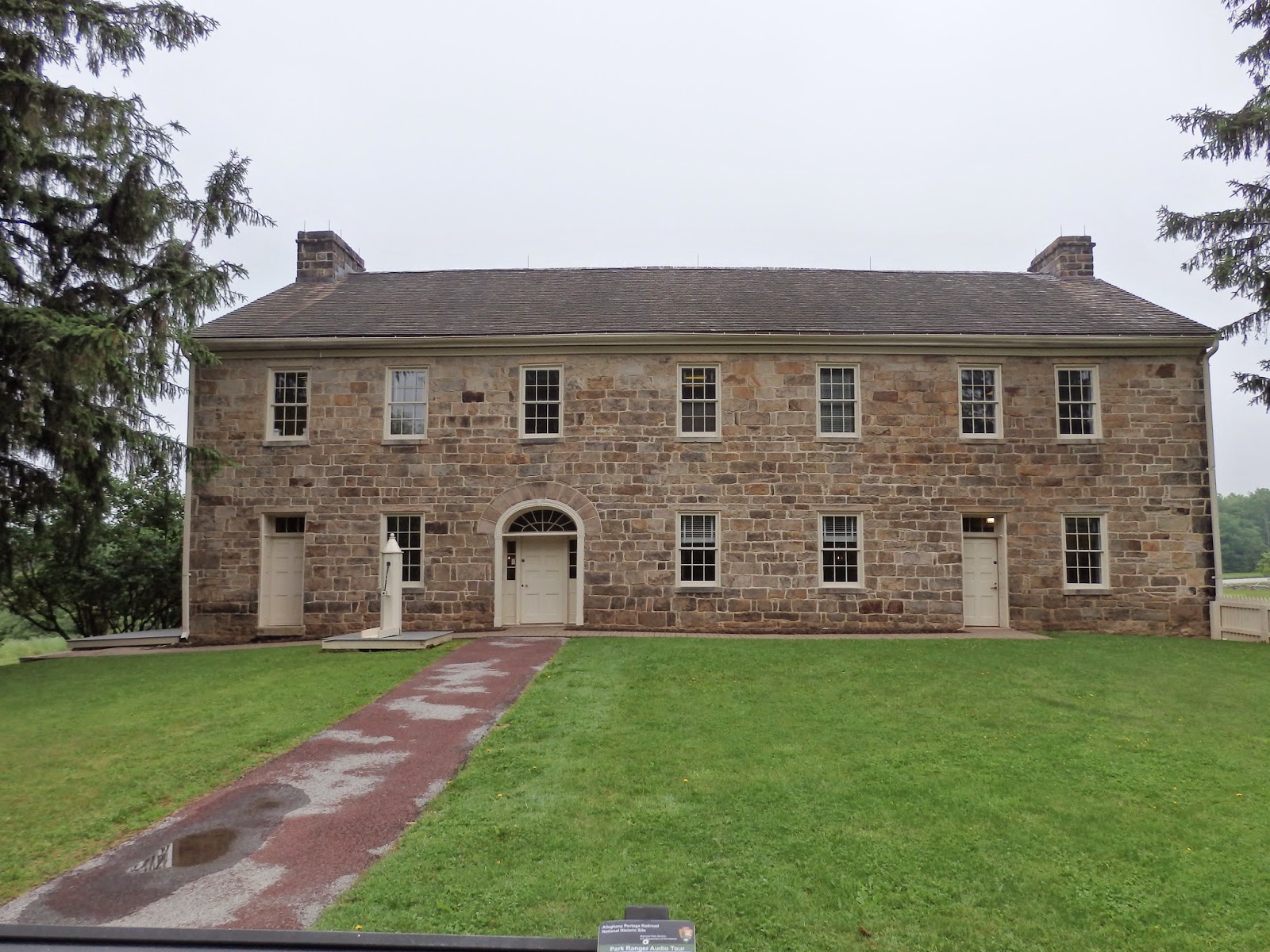





















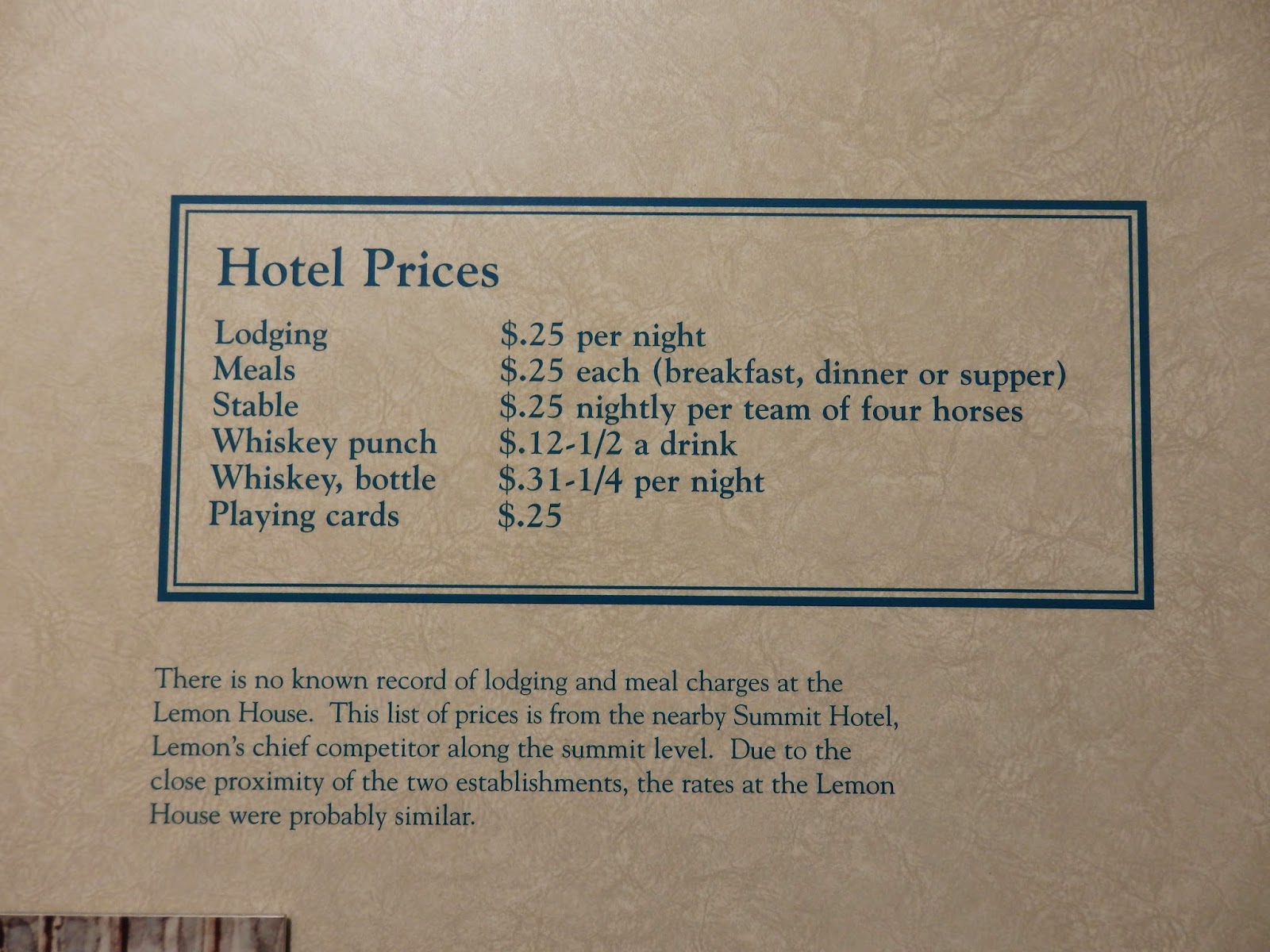































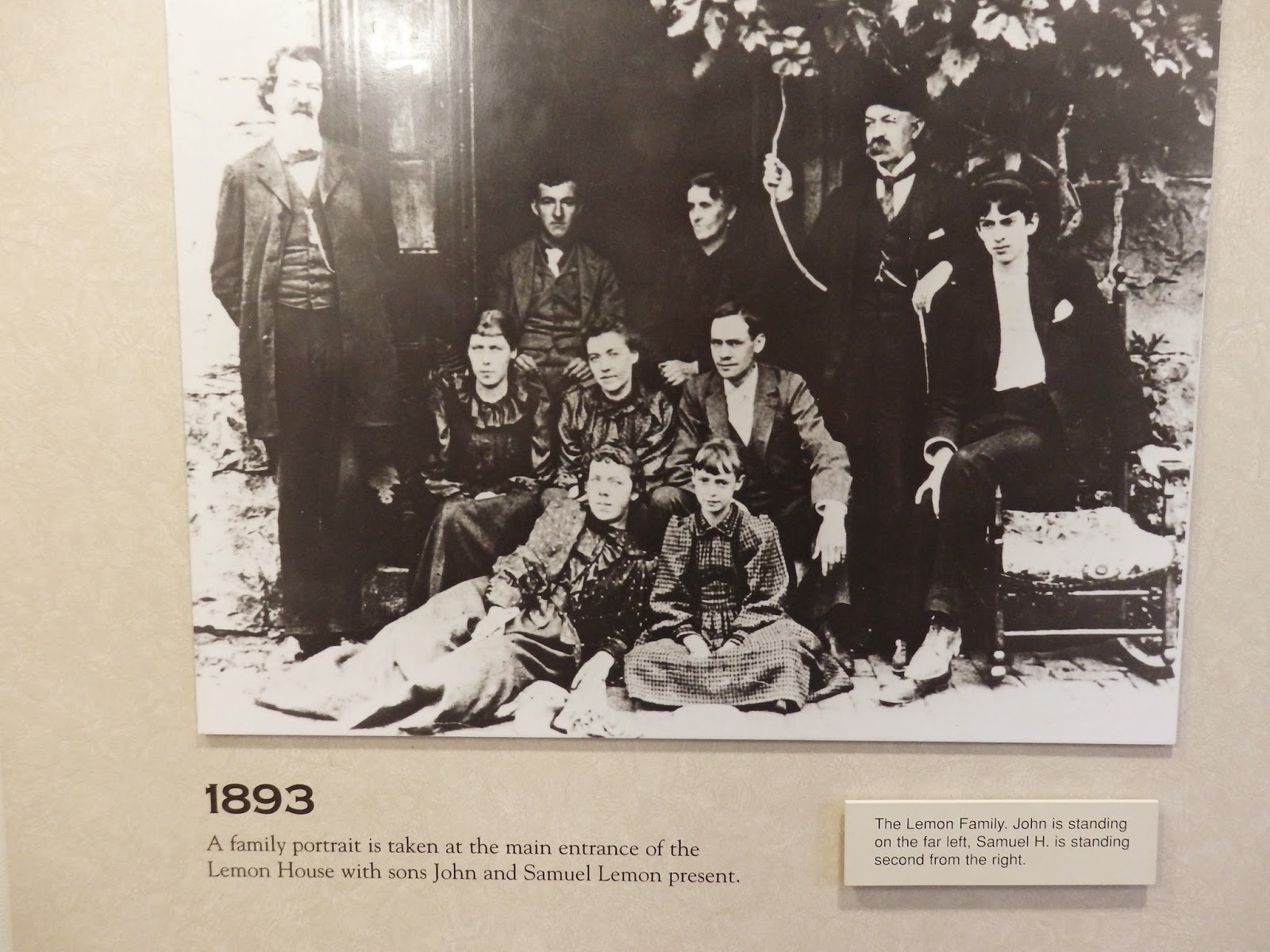











No comments:
Post a Comment